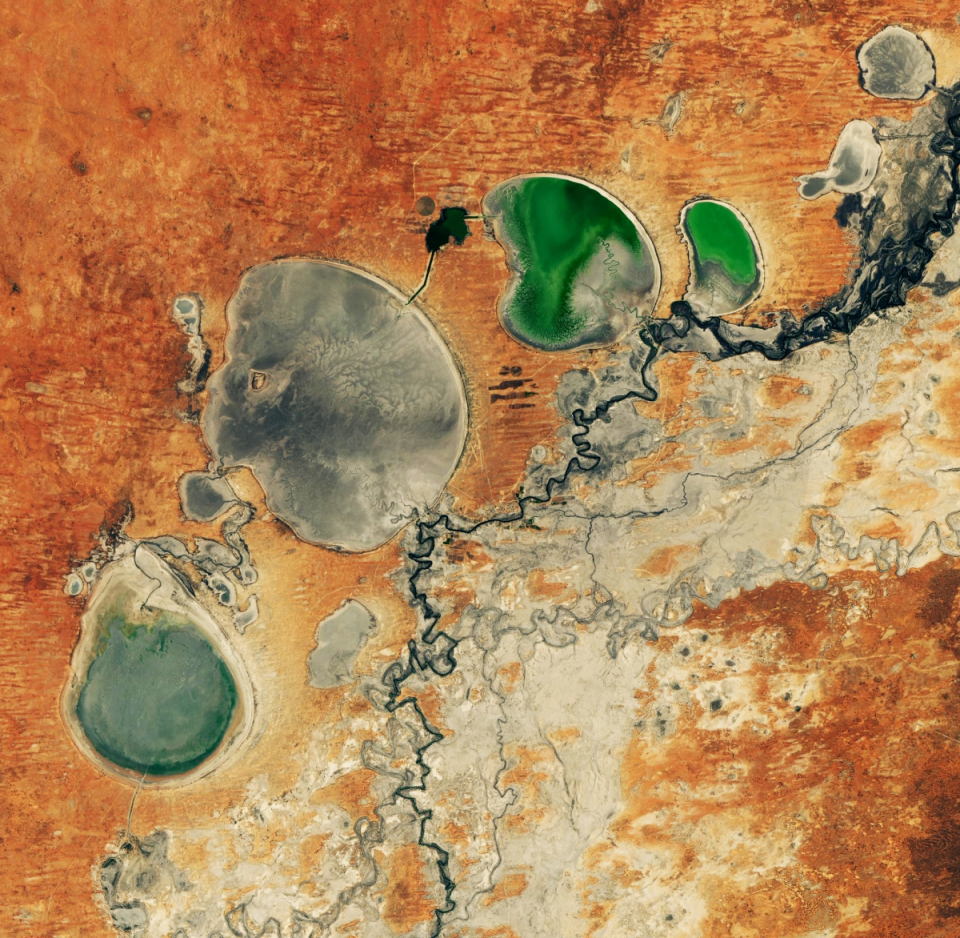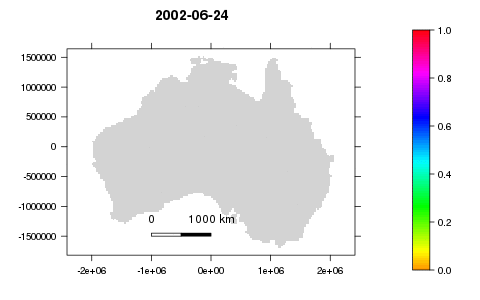Published on 22 March 2019
March 22nd was declared World Water Day by the United Nations, and is therefore the ideal opportunity to reiterate that access to drinking water is a fundamental human right. More than 2 billion people suffer from a serious water shortage, and nearly two thirds of the world's population face serious water shortages at least a month every year.
The causes of water shortage are multiple and interconnected: demographic expansion, intensive irrigation, deforestation, poor management of resources, pollution of reserves ...
On top of that are the changes caused by climate warming. Global warming causes an acceleration of the large water cycle (condensation / precipitation) and an increase in precipitation. But the effects vary from region to region: rain showers tend to rise at high latitudes and in some regions of the tropics and to fall at lower latitudes. The Mediterranean region, many subtropical regions, much of Australia and the southwestern United States can face increasingly frequent and severe periods of drought.

Australia’s Disappearing Lakes Disappear Even More. This gorgeous Landsat image from early February 2019 shows the drying up of the Menindee Lakes in New South Wales, caused by the combination of extremely high temperatures, low rainfall and controversial management of upstream watercourses. Source: NASA Earth Observatory.
The socio-economic damage caused by drought affects a very large number of sectors: agriculture, energy, health ... Major droughts can even lead to famines and serious conflicts.
To cope with a drought event, relevant information about the extent, progress and characteristics of the drought is essential.
On the terrain the drought often catches the eye, but delimiting a drought event is not an easy task. In fact, a drought often happens in a treacherous way; it has no clearly defined beginning or end and can take months or even years. It can start in one place and gradually shift elsewhere. The intensity can also vary from place to place and change from one moment to the next.
As part of the STEREO project HYDRAS+, funded by the Federal Science Policy, scientists from the KERMIT and LHWM units at Ghent University are developing a tool to mark and track droughts in space and time. The intrinsic characteristics of the event are also identified to help water managers, farmers, non-governmental organizations, etc., take the necessary actions.

From 1998 to 2010, Australia experienced an exceptional drought, also known as 'Millennium Drought' or Drought Millennium. The rainfall is below the median for 13 consecutive years, the longest consecutive series since at least 1900. The year 2010 was the driest year ever. This animation produced by the project team shows part of this event, from 2001 to 2009. The more the color tends towards the yellow, the more the event is intense.
More information
Australia’s Disappearing Lakes Disappear Even More
Members of the HYDRAS+ project team
 Niko VERHOEST |
 Hilde VERNIEUWE |
 Bernard DE BAETS |